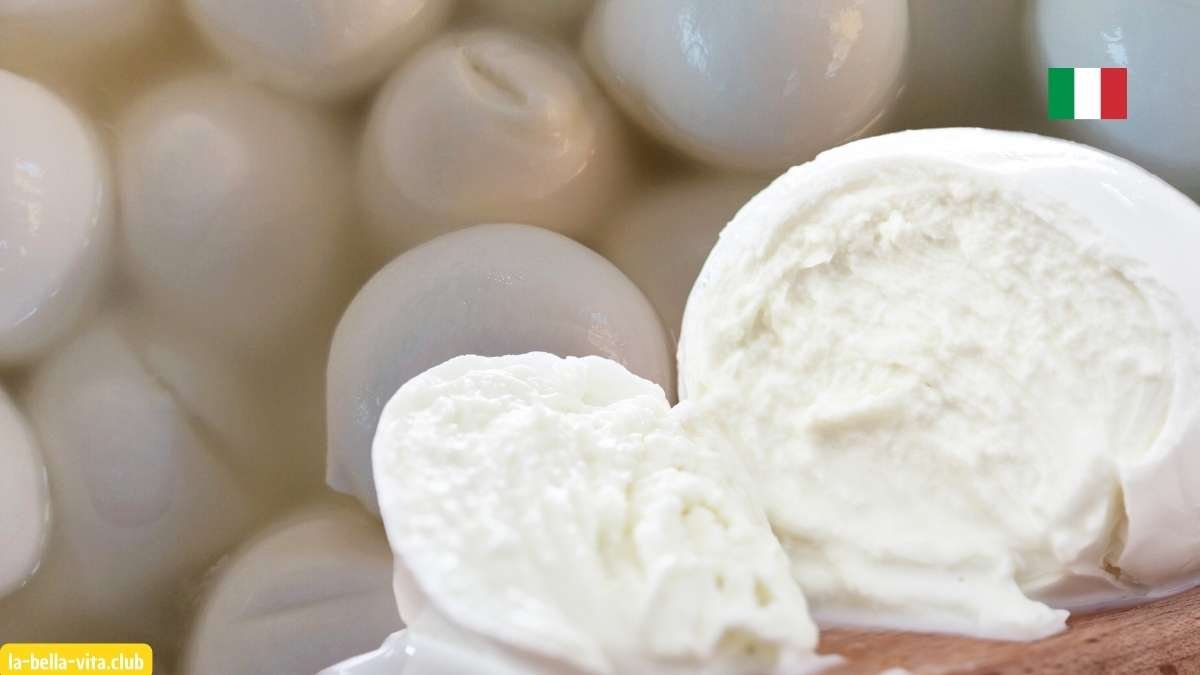Tomatoes are a cornerstone of Italian pizza making, essential for their vibrant flavor, rich texture, and cultural significance. This article explores why tomatoes play a crucial role in Italian pizza, tracing their historical roots, regional variations, and culinary impact that have shaped this beloved dish over centuries.

Historical Roots and Evolution
Tomatoes, native to the Americas, were introduced to Europe in the 16th century after Spanish explorers brought them back from their voyages. Initially met with suspicion and grown as ornamental plants due to their resemblance to poisonous nightshade berries, tomatoes gradually gained acceptance as a culinary ingredient in Italy by the late 18th century. Naples, in particular, embraced tomatoes in their cuisine, leading to the creation of the iconic Neapolitan pizza.
Key Varieties Used in Italian Pizza
1. San Marzano Tomatoes
- Origin: Grown in the volcanic soil near Mount Vesuvius in the Campania region of Italy, San Marzano tomatoes are prized for their sweet, tangy flavor and low acidity.
- Characteristics: San Marzano tomatoes are elongated with thick flesh and few seeds, making them ideal for pizza sauce. They have a vibrant red color and a robust flavor that enhances the overall taste of the pizza.
2. Roma Tomatoes
- Origin: Also known as Italian plum tomatoes, Roma tomatoes are widely used in Italian cooking, including pizza making.
- Characteristics: Roma tomatoes have a meaty texture and a slightly less acidic flavor compared to other tomato varieties. They are often used for making pizza sauce due to their balanced sweetness and easy-to-peel skins.
3. Cherry Tomatoes
- Origin: Small and round, cherry tomatoes are popular in Italian cuisine for their sweet flavor and juicy texture.
- Characteristics: Cherry tomatoes can be used whole or halved as pizza toppings, adding bursts of sweetness and color. They are often roasted or added fresh to pizzas for a vibrant, fresh taste.
Culinary Significance of Tomatoes in Italian Pizza
Flavor Enhancement:
Tomatoes in Italian pizza serve as the base ingredient for pizza sauce, imparting a tangy sweetness that balances the richness of cheese and savory toppings. The acidity of tomatoes cuts through the fat and saltiness of cheese, creating a harmonious flavor profile that is both satisfying and refreshing.
Texture and Moisture:
Tomato sauce provides essential moisture to the pizza dough during baking, preventing it from drying out and ensuring a tender, chewy crust. The sauce also acts as a binding agent for other toppings, helping to integrate flavors and textures into a cohesive whole.
Cultural Identity:
Tomatoes are deeply ingrained in Italian culinary traditions, symbolizing the Mediterranean diet’s emphasis on fresh, seasonal ingredients. The use of tomatoes in pizza-making reflects Italy’s agricultural heritage and commitment to quality ingredients, ensuring pizzas that are not only delicious but also authentic representations of regional flavors.
Regional Variations and Adaptations
Italian pizzas showcase a variety of tomato preparations and regional preferences:
- Naples (Neapolitan Pizza): Known for its simple Margherita pizza, featuring San Marzano tomato sauce, fresh mozzarella, and basil. The tomato sauce is often prepared with minimal ingredients to highlight the tomatoes’ natural sweetness.
- Rome (Roman Pizza): Prefers a thicker tomato sauce made from Roma tomatoes, spread evenly over a thin, crispy crust. This style emphasizes the balance between tomato sauce and other toppings like fresh vegetables and cured meats.
- Sicily (Sicilian Pizza): Features tomatoes in various forms, from chopped fresh tomatoes scattered over the pizza to sun-dried tomatoes added for concentrated flavor. Sicilian pizzas often combine tomatoes with seafood or local cheeses for a unique taste experience.
Why Tomatoes Matter in Homemade Italian Pizza
When making Italian pizza at home, choosing the right tomatoes ensures an authentic and flavorful experience:
- Quality: Use fresh, ripe tomatoes or canned San Marzano tomatoes for the best flavor. Look for products labeled DOP (Denominazione di Origine Protetta) to guarantee authenticity and quality.
- Preparation: Experiment with tomato sauce recipes, adjusting seasonings like garlic, basil, and olive oil to achieve a personalized flavor profile.
- Technique: Spread tomato sauce evenly over pizza dough, leaving a small border for the crust. Balance the amount of sauce to avoid overpowering other toppings.
Conclusion
Tomatoes are not just an ingredient but a symbol of Italian culinary excellence in pizza making. From their historical journey to their essential role in flavor enhancement and texture, tomatoes bring depth and authenticity to every slice of Italian pizza. By understanding the importance of tomatoes and embracing traditional methods and ingredients, pizza enthusiasts can recreate the rich, savory experience of Italy’s beloved dish at home, ensuring a culinary journey that celebrates the timeless appeal of tomatoes in Italian gastronomy.




